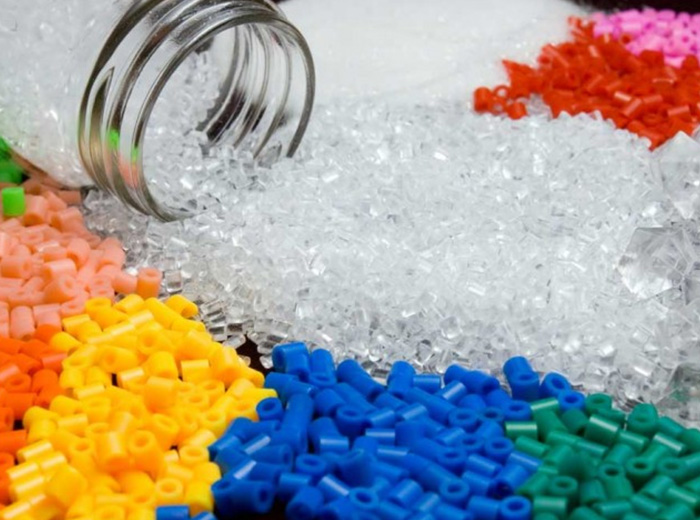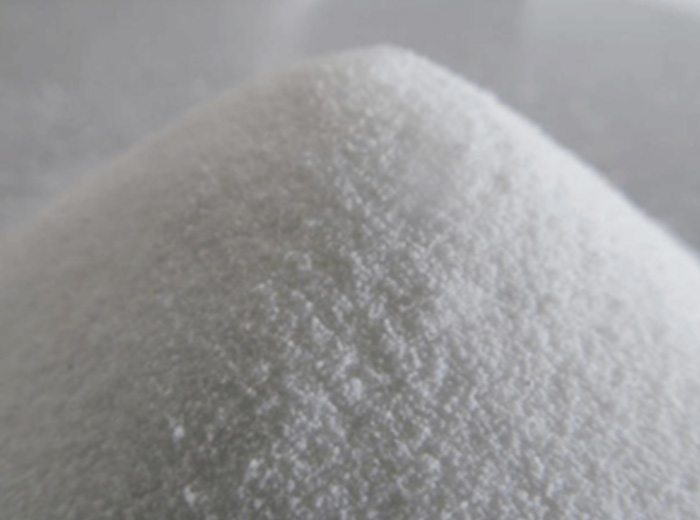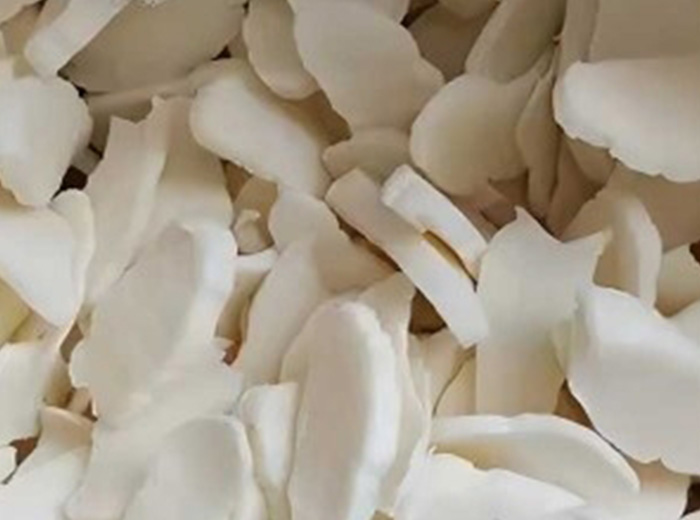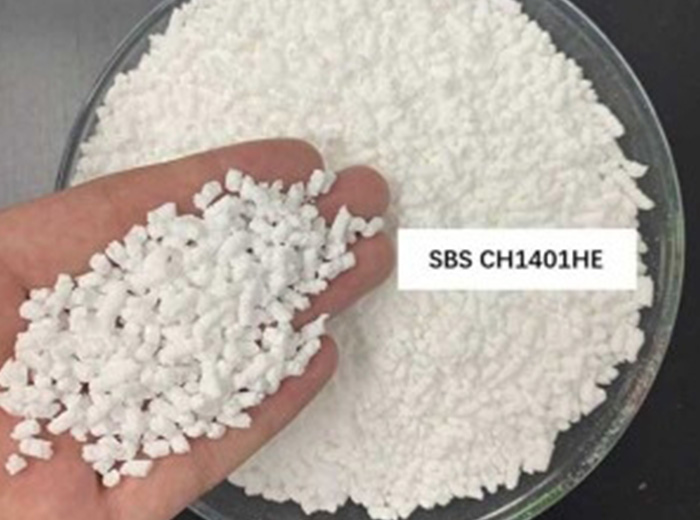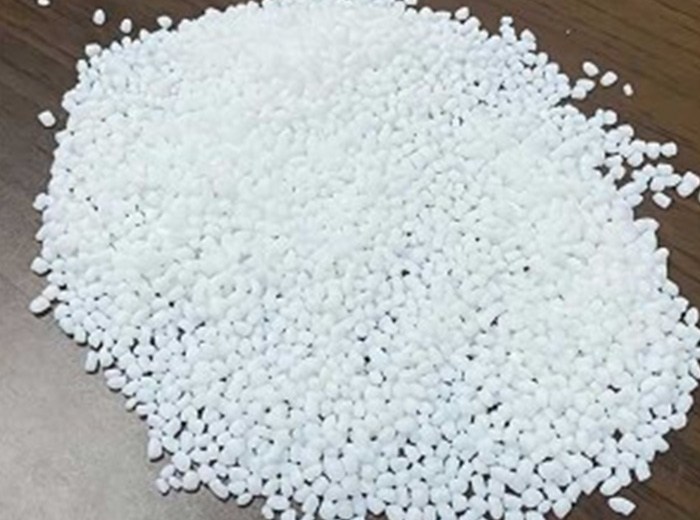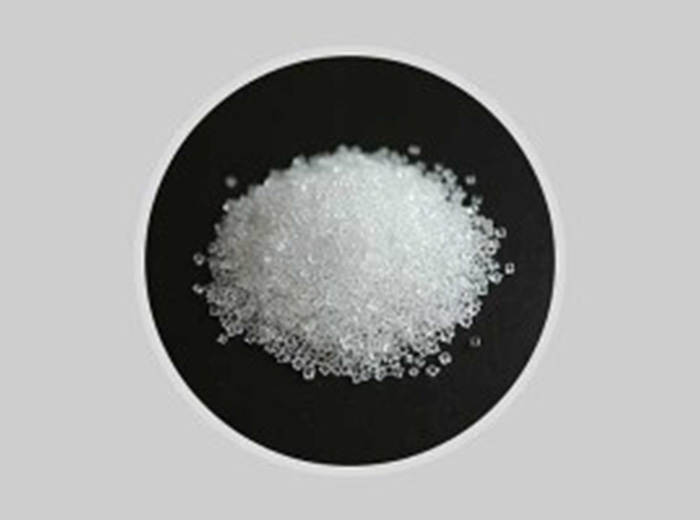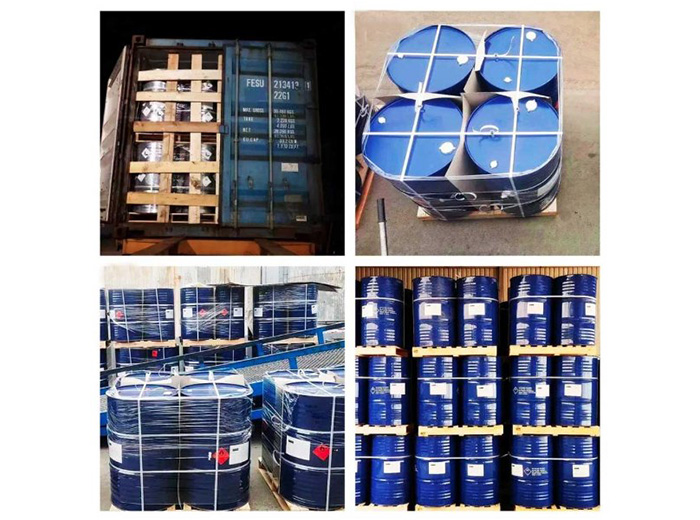Rubber chemical is a vital substances in the rubber industry, playing a key role in making rubber materials better and improving how they are made. These chemicals are like helpers, allowing manufacturers to adjust rubber compounds to meet specific needs. There are different types of rubber chemicals, each with a unique job. The choice of which chemicals to use depends on factors like the type of rubber (natural or synthetic), what the final product will be used for, and the specific qualities the product needs. Achieving the correct blend of rubber chemicals is essential. It's like making a recipe – each ingredient has to be just right to get the desired result. This precision is important for making various rubber products like tires, seals, gaskets, conveyor belts, and other things we use in everyday life. However, using rubber chemicals isn't just about making things better. It's also about being safe. Careful handling is crucial for certain chemicals, as they may pose risks if not managed properly. So, following rules and safety guidelines is a must to protect people and the environment.
Characteristics:
- Versatility: Rubber chemicals are versatile agents, serving as adaptable assistants that empower manufacturers to precisely tailor rubber compounds to meet specific performance requirements.
- Specialized Types: There are various types of rubber chemicals, each characterized by distinct functionalities, aligning with specific roles in the enhancement of rubber properties.
- Selection Criteria: Selecting rubber chemicals is contingent upon various factors, including the type of rubber (natural or synthetic), the intended application of the final product, and the specific desired qualities in the end product.
- Synergistic Functionality: Rubber chemicals function synergistically, working together like carefully crafted ingredients in a recipe. The precise combination is crucial to achieving the desired outcome.
- Formulation Precision: Achieving the right mix of rubber chemicals is vital, analogous to the precision required in crafting a recipe. Each chemical contributes uniquely to the overall properties of the rubber product.
- Diverse Applications: The importance of rubber chemicals extends to various rubber products such as tires, seals, gaskets, conveyor belts, and everyday items, highlighting their widespread impact on daily life.
Products
-
Rubber Antioxidant DTPD(3100)
-
Rubber Accelerator ZBEC
-
Insoluble Sulphur
-
Semi Refined Paraffin Wax
-
Fully Refined Paraffin Wax
-
Rubber Protective Wax AO-W
-
Rubber Deodorant R-628
-
Mold Release Agent 985P
-
Anti-blooming agent R-668
-
Rubber Accelerator TRA(DPTT)
-
Rubber Accelerator TBTD
-
Rubber Accelerator ETU (Na-22)
-
Rubber Accelerator DPTU(CA)
-
Rubber Accelerator DBTU
-
Rubber Accelerator DETU
-
Zinc Oxide
-
Anti scorching agent CTP
-
RUBBER ANTIOXIDANT TMQ
-
4020 (6PPD)
-
Rubber antioxidant IPPD
-
Rubber Accelerator Masterbatch CBS (CZ)-80
-
Rubber Accelerator masterbatch DPTT-70
-
RUBBER VULCANIZATION MASTERBATCH ZnO-80
-
RUBBER ACCELERATOR MASTERBATCH DTDM-80
-
Rubber Accelerator Masterbatch MBT (M)-80
-
RUBBER ACCELERATOR TBBS (NS)
-
Rubber ACCELERATOR MBTS (DM)
-
Rubber Accelerator TMTM (TS)
-
RUBBER ACCELERATOR MBT (M)
-
Rubber Accelerator TMTD (TT)
-
RUBBER ACCELERATOR MBS (NOBS)
-
Rubber Accelerator DPG
-
Rubber Accelerator DCBS
-
Rubber Accelerator CBS
-
Phenolic resin
-
Petroleum Resin C5
-
C9 Hydrocarbon Resin
-
Carbon Black
Plastic Additive is an integral components in the plastics industry, enhancing the performance, durability, and versatility of plastic materials. These additives are carefully formulated to address specific characteristics, ensuring that plastic products meet the diverse demands of various applications. From improving processing efficiency to enhancing end-product properties, plastic additives play a crucial role in the evolution of modern plastic manufacturing. It also promotes environmentally friendly practices by facilitating the degradation of plastic materials, contributing to sustainability efforts in the plastics industry.
Characteristics: Plastic Additive
- Processing Aid: Facilitates smoother processing by reducing friction and improving the flow of molten plastic during manufacturing, leading to increased efficiency and reduced energy consumption.
- Stabilization: Protects plastic materials from degradation caused by heat, light, and oxygen, thereby extending the service life and preserving the integrity of plastic products.
- Flame Retardancy: Enhances the fire resistance of plastic materials, crucial for applications where fire safety is a primary concern, such as in construction and electronics.
- Coloration: Enables precise color control and uniform pigment dispersion, allowing for the creation of visually appealing and customized plastic products.
- Impact Modification: Improves the toughness and impact resistance of plastics, making them suitable for applications requiring durability, such as in automotive components.
- UV Resistance: Shields plastic materials from the harmful effects of ultraviolet (UV) radiation, preventing discoloration, degradation, and loss of mechanical properties over time.
- Antistatic Properties: Mitigates the buildup of static electricity on plastic surfaces, reducing dust attraction and improving the usability of plastic products in various environments.
Synthetic rubber stands as a testament to human ingenuity in replicating the desirable properties of natural rubber through chemical processes. Developed to address limitations in supply and to meet specific performance criteria, synthetic rubber has become a cornerstone in numerous industries. Offering a versatile alternative to natural rubber, synthetic rubber exhibits a wide range of formulations tailored to diverse applications, including automotive tires, industrial seals, and consumer goods. From customizable formulations to superior resistance properties, synthetic rubber stands as a reliable and adaptable alternative to natural rubber. Innovations such as solution polymerization and emulsion polymerization techniques have allowed for the precision engineering of synthetic rubber with unprecedented control over molecular structures. This fine-tuning enables the creation of rubber variants with enhanced properties, including improved resilience, reduced rolling resistance in tires, and heightened chemical resistance.
Characteristics:
- Chemical Diversity: The rubber encompasses a variety of polymers, such as styrene-butadiene rubber (SBR), polybutadiene rubber (BR), and ethylene-propylene-diene rubber (EPDM), each designed for specific applications.
- Tailored Properties: Formulations can be customized to meet precise requirements, including variations in elasticity, durability, heat resistance, and chemical resistance, allowing for a broad spectrum of applications.
- Consistent Quality: The rubber production ensures uniformity in material properties, providing manufacturers with a reliable and predictable raw material for their products.
- Oil Resistance: Many rubber types exhibit superior resistance to oils and greases, making them ideal for applications in automotive components, gaskets, and hoses.
- Temperature Stability: Certain rubbers, like chloroprene rubber (CR) and nitrile rubber (NBR), excel in maintaining stability and flexibility across a wide range of temperatures.
- Abrasion Resistance: Designed to withstand wear and tear, synthetic rubber is often chosen for applications requiring resistance to abrasion, such as conveyor belts and industrial hoses.
- Environmental Adaptability: The rubber can be engineered to resist aging, degradation, and environmental influences, ensuring prolonged service life in various conditions.
- Cost-Effective Manufacturing: The rubber production allows for efficient and cost-effective manufacturing processes, contributing to the affordability of end-products.
- Reduced Allergenicity: Unlike natural rubber, synthetic rubber minimizes the risk of allergic reactions, making it a preferred choice in applications where allergies are a concern.
Thermoplastic Elastomer (TPEs) represent a versatile class of materials bridging the gap between traditional thermoplastics and rubber. Recognized for their unique combination of elastic and thermoplastic properties, TPEs have become integral in a wide array of applications. These polymers exhibit the flexibility of rubber during processing and the ease of molding associated with thermoplastics. As a result, TPEs offer manufacturers a balance between performance, cost-efficiency, and ease of fabrication, making them ideal for industries ranging from automotive and consumer goods to medical devices. There are several types of TPEs, and their properties can vary based on the specific chemistry and formulation used. Common types of TPEs include thermoplastic polyurethanes (TPU), styrenic block copolymers (SBC), thermoplastic vulcanizates (TPV), and copolyester elastomers (COPE), among others. Each type has its unique properties and advantages, making them suitable for different applications.
Characteristics:
- Elasticity and Flexibility: Thermoplastic Elastomer combine the elasticity of rubber with the processability of thermoplastics, allowing for flexibility in designing intricate and functional components.
- Ease of Processing: TPEs can be melted and molded multiple times without undergoing significant degradation, providing manufacturers with efficient and cost-effective processing options.
- Wide Range of Hardness: The hardness of TPEs can be tailored across a broad spectrum, from soft and flexible to rigid, addressing a variety of application-specific requirements.
- Chemical Resistance: Depending on the specific formulation, TPEs can exhibit resistance to a variety of chemicals, contributing to their suitability for applications in harsh environments.
- Recyclability: TPEs are recyclable, contributing to sustainability efforts by allowing for the reuse and repurposing of materials in various manufacturing processes.
- Good Surface Finish: Thermoplastic Elastomer often provide a smooth and aesthetically pleasing surface finish, enhancing the visual appeal of end products in consumer goods.
Biodegradable materials are substances that can naturally decompose and break down into simpler, environmentally benign components over time, thanks to the action of microorganisms. These materials play a crucial role in sustainable practices, as they contribute to reducing environmental impact and waste. Derived from renewable resources such as plants, animals, or microorganisms, biodegradable materials encompass a wide range of products, including packaging, textiles, and disposable items. Key characteristics of biodegradable materials include their ability to undergo microbial degradation, ultimately returning to the natural environment without leaving persistent residues. This contrasts with non-biodegradable materials, which often contribute to long-lasting environmental pollution. Biodegradable material contribute to the circular economy by promoting the responsible use of resources, minimizing landfill waste, and reducing the carbon footprint associated with traditional manufacturing processes.
Characteristics:
- Decomposability: The primary trait of biodegradable material is their ability to break down into simpler compounds through natural processes. Microorganisms, such as bacteria and fungi, play a crucial role in this decomposition.
- Renewable Source: Biodegradable material are often derived from renewable resources like plants, animals, or microorganisms. This ensures a sustainable supply chain, reducing dependence on finite resources.
- Reduced Environmental Impact: Compared to non-biodegradable materials, biodegradable alternatives have a lower environmental impact. They help mitigate issues related to pollution and the accumulation of persistent waste in landfills.
- Circular Economy Contribution: Biodegradable material support the principles of a circular economy by promoting the efficient use of resources. They can be integrated into waste management systems that facilitate their return to the environment or repurposing through recycling.
- Carbon Footprint Reduction: The production of biodegradable material often involves fewer greenhouse gas emissions compared to traditional materials, contributing to efforts to reduce overall carbon footprints.
Products
Plastic, a revolutionary product of chemical engineering, plays a pivotal role in our modern lives. Formed through the polymerization of petrochemicals, plastics are versatile materials developed by combining various chemical compounds. Chemboard, as a significant contributor to plastic production, employs sophisticated chemical processes to synthesize polymers with tailored properties. This ensures that plastics can be adapted for a wide range of applications, from everyday items like packaging and containers to specialized uses in industries such as healthcare and automotive.
Characteristics:
- Malleability: Plastics are highly malleable, meaning they can be easily molded into various shapes during manufacturing. This characteristic allows for the production of an extensive array of products with diverse forms and structures.
- Durability: Plastics are inherently durable, offering resistance to wear, tear, and impact. This durability makes them well-suited for applications where longevity and robustness are crucial, such as in construction materials and automotive components.
- Lightweight: With a low density, plastics are lightweight materials. This characteristic is advantageous in industries where weight is a critical factor, such as packaging, transportation, and aerospace.
- Chemical Resistance: Plastics exhibit resistance to a wide range of chemicals, making them ideal for applications involving exposure to corrosive substances. This characteristic is valuable in the production of chemical containers, pipes, and industrial equipment.
- Water Resistance: Many plastics are impermeable to water, rendering them suitable for applications where moisture resistance is essential. This includes packaging, plumbing systems, and outdoor products.
- Electrical Insulation: Plastics are excellent electrical insulators. Their insulating properties make them crucial in the production of electrical components, wiring, and insulating materials for various electronic devices.
- Recyclability: While not all plastics are easily recyclable, ongoing efforts focus on developing recyclable plastics and improving recycling processes to reduce environmental impact. This addresses concerns about plastic waste and contributes to sustainability goals.
Products
Petrochemicals are a crucial category of chemicals derived from petroleum or natural gas through a refining process known as petrochemical refining. These chemicals serve as the building blocks for a vast array of products that play pivotal roles in modern life. The petrochemical industry involves the extraction and processing of hydrocarbons from crude oil and natural gas, transforming them into an extensive range of chemical compounds. They play a pivotal role in the production of synthetic fibers with specific characteristics such as durability, strength, and resistance to environmental factors. This makes them valuable in textiles and industrial applications. Some petrochemicals, such as ethylene glycol and acetone, exhibit solvent properties, making them useful in the production of paints, adhesives, and other chemical formulations.
Characteristics:
- Polymerization: Many petrochemicals undergo polymerization processes, allowing them to form long chains of molecules. This property is fundamental in the creation of polymers and plastics with unique properties.
- Hydrocarbons: Petrochemicals primarily consist of hydrocarbons, which are compounds composed of hydrogen and carbon atoms. This composition makes them suitable for various chemical transformations and reactions.
- Feedstocks: Petrochemicals serve as crucial feedstocks for the production of polymers and other chemicals. Common examples include ethylene and propylene, which are used to create polyethylene and polypropylene, the building blocks of many plastic products.
- Aromaticity: Aromatic hydrocarbons like benzene, toluene, and xylene are essential components of petrochemicals. They contribute to the production of plastics, synthetic fibers, and various chemical derivatives.
- Thermoplastics: Petrochemical-derived plastics often exhibit thermoplastic properties, meaning they can be melted and reshaped multiple times without undergoing a chemical change. This characteristic is valuable in manufacturing processes.

